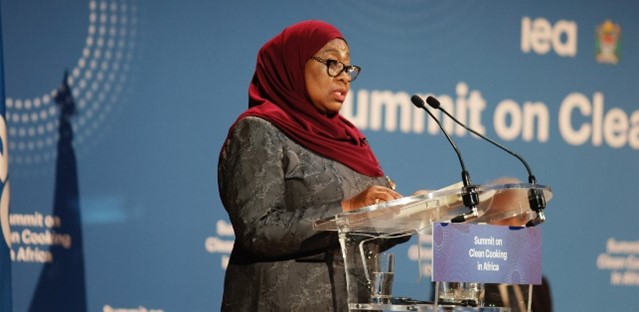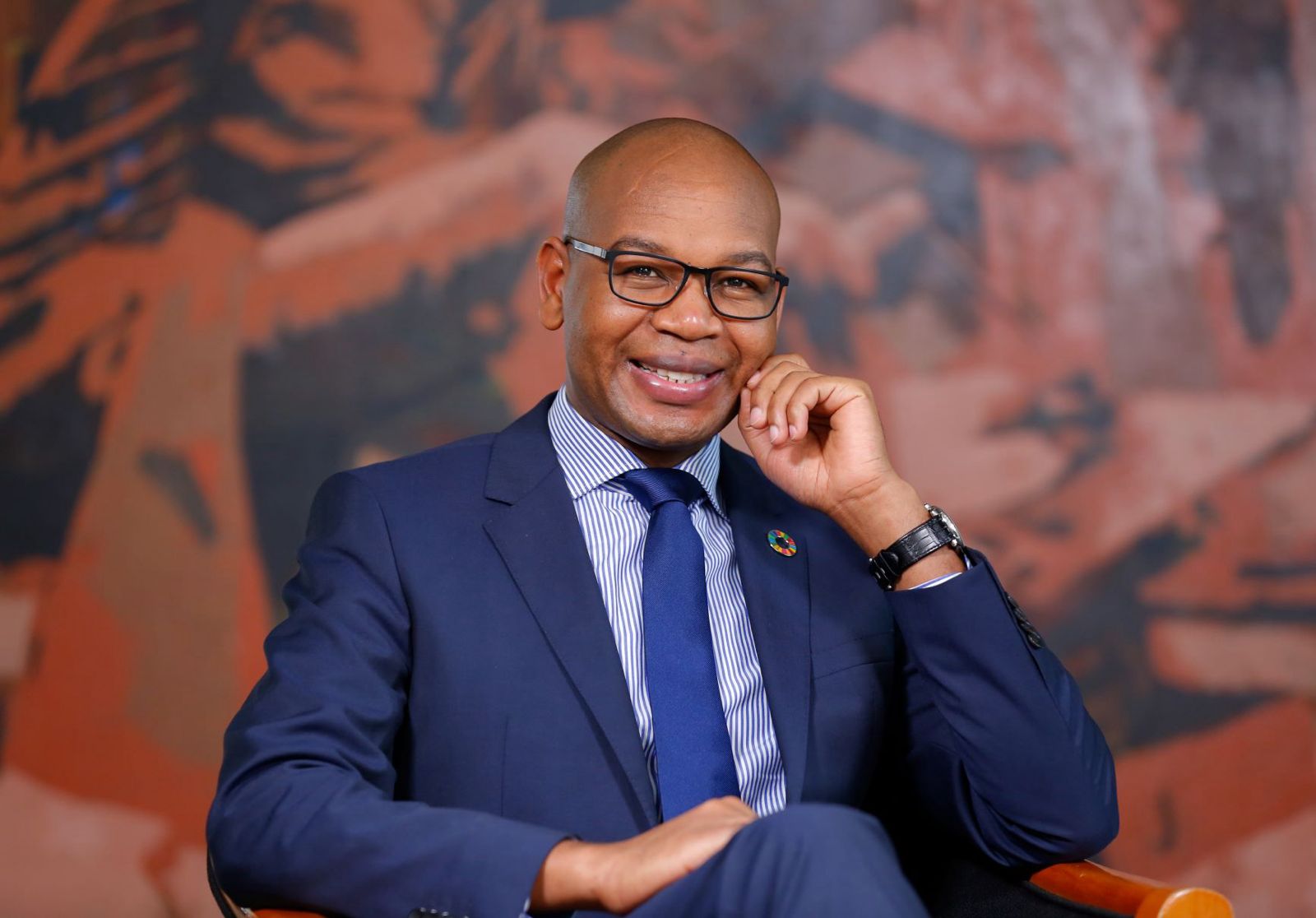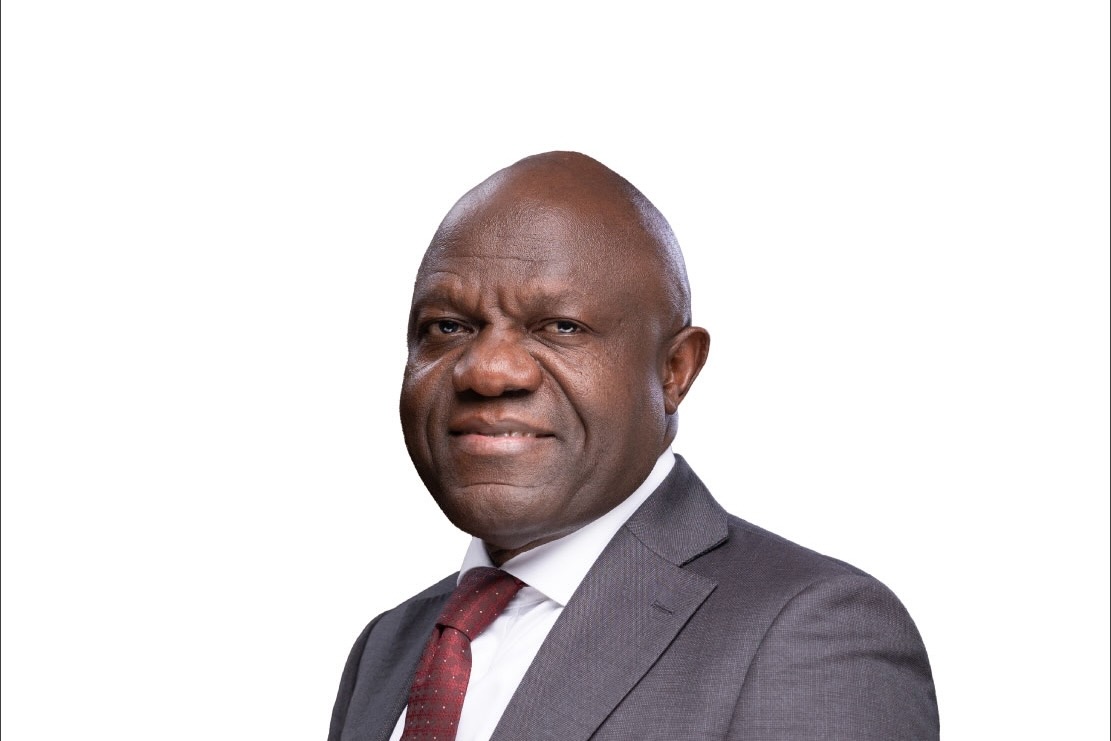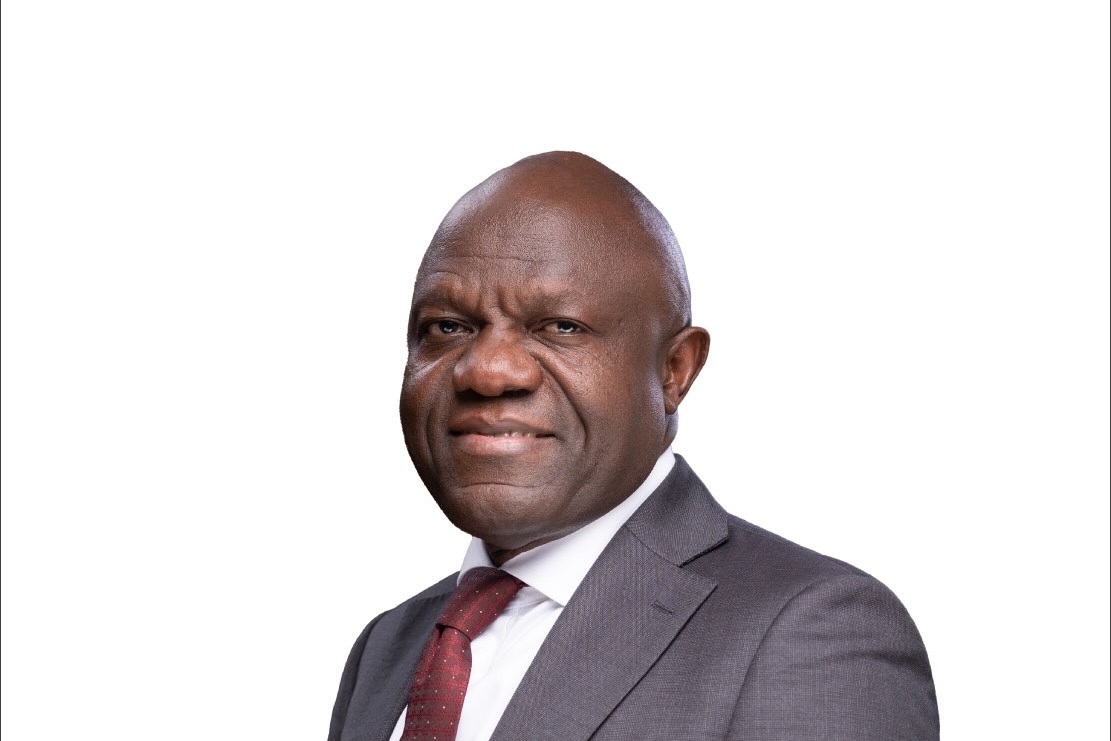Tanzania’s vision 2050: Charting a path to a $1 trillion middle-income future
- Tanzania President Samia launches Vision 2050, an ambitious growth plan that seeks to make the country a $1 trillion economy in the next 25 years.
- Tanzania aspires for higher middle income status riding on agriculture, tourism, mining and blue economy.
- President urges legal reforms to align with Vision 2050.
Tanzania President Samia Suluhu has launched the country’s Vision 2050, which envisions the country achieving higher middle income status in the next 25 years. This national growth blueprint aims at transforming the country into an upper-middle income with a projected economy of $1 trillion.
The ambitious strategy centres on nine key sectors: agriculture, tourism, industry, construction, mining, the blue economy, sports and creativity, finance and services.
According to the president, these sectors were identified for their potential to generate employment, increase exports, stimulate other sectors, add value to agricultural produce and enhance national income.
President Samia stressed that achieving the goals of Vision 2050 requires the active involvement of all citizens, as well as both the public and private sectors.
“The contents of Vision 2050 reflect the aspirations of Tanzanians. We thought together, wrote together, planned together and now, we will implement together,” she said, adding, “Since everyone is part of this vision, we must work collaboratively to make it a reality.”
She also pointed out that the vision is a response to global economic trends, climate change, technological advancement and demographic changes, particularly the fact that 65 per cent of Tanzania’s population is youth.
“More action is needed to realise Vision 2050. Let us act more than we talk. The implementation of Vision 2050 is our litmus test,” she insisted. She acknowledged that it’s achievement maybe challenging but maintained that she believes the vision is achievable given the country’s current trajectory in social, political and economic growth.
She directed all ministries to review and update their policies to align with Vision 2050 and instructed the Planning Commission, in collaboration with the Prime Minister’s Office, to develop a long-term implementation plan ahead of the official rollout in July 2026.
Similarly, she also directed the Legal Reforms Commission and the Office of the Attorney General to review and suggest necessary legal reforms to support the seamless execution of the vision.
Seconding the president, Tanzania Vice-President Dr Philip Mpango said the goal of Vision 2050 is not only to join the ranks of upper-middle-income countries in financial terms but to ensure improved welfare of the people.
He said the Vision looks to deliver a high quality of life for all Tanzanians through inclusive growth, a knowledge-based and industrialised economy and a commitment to national values.
Read also: Africa in fresh push to decentralize tests, speed up response to disease outbreaks
Vision 2050: Looking ahead
The VP said by 2050, Tanzania envisions being an upper-middle Path to trillion-dollar economy income nation with a population exceeding 118 million, a 1 trillion US dollars economy and an average GDP per capita of 7,000 US dollars (about 18.2m/-).
The core principles guiding the vision include democracy, human rights and freedoms, dignity, peace and unity, natural wealth and resources, as well as culture and national ethos.
Among its four primary goals, Dira 2050 aims to achieve: A diversified, resilient, inclusive and competitive economy, a high quality of life and well-being for all.
It also targets to elevate Tanzania to a nation that sustainably conserves and utilises its natural resources, while maintaining environmental integrity and climate resilience as well as a digitally empowered society that embraces innovation to enhance productivity and competitiveness.
“Vision 2050 envisions Tanzania as a high-income, knowledge-driven economy, powered by innovation, inclusion, and sustainability,” explains Annastazia Rugaba, Community Development expert from TWAWEZA organisation that took part in developing the Vision 2050 for Tanzania.
In his interview following the launch, the Community Development expert said by 2050, the country aspires to achieve a GDP of $1 trillion and an annual per capita income of $7,000. “These are ambitious goals, but they are grounded in possibility,” he said.
Detailing, he said the Vision is anchored on three transformative pillars: Inclusive and competitive economic growth, with strong investment in innovation, entrepreneurship, and private sector dynamism.
He said the vision is people-centered focusing on education, health, equity, social well-being, and digital literacy. “It also focuses on environmental sustainability and climate resilience, to ensure long-term national prosperity and the protection of future generations,” he added.
“What makes this Vision unique is its comprehensive scope… it does not only care about numbers or growth rates, but also the quality of life, human dignity, justice, cultural heritage, and our collective identity as Tanzanians,” he detailed.
Looking back, he cited the just completed Vision 2025 that was launched in the year 2000, that aimed to transform the economy from low-productivity agriculture to a semi-industrial economy.
“Today, we can look back with pride: per capita income has more than tripled, life expectancy has increased from 55 to 65 years, and access to education and health services has greatly expanded,” he said.
He was also keen to point out that, new global challenges are emerging including climate change, digital disruption, geopolitical shifts, and rising aspirations among our youth.
“That’s why Vision 2050 was designed not from routine thinking, but from wide consultation, thoughtful research, and deep national introspection,” he said.
“This Vision is more than words on paper. It is a sacred responsibility. If left untouched and unimplemented, it will remain just another beautiful promise. But if we internalize it, own it, and act upon it; it can transform every sector, every region, every household,” he detailed.
“Importantly, Vision 2050 is not just for the government. It belongs to all of us, farmers, teachers, journalists, youth, business leaders, civil society, artists, religious leaders, and the diaspora. We are all shareholders in this great national project,” he summed up.
“We must ask ourselves: Do our national and local development plans align with Vision 2050? Are we investing in the right areas to prepare our young people for the future?” queried the expert.
“Are our governance systems responsive and accountable to the people? These are not rhetorical questions; they are calls to action,” he added.
Share this content:





Post Comment